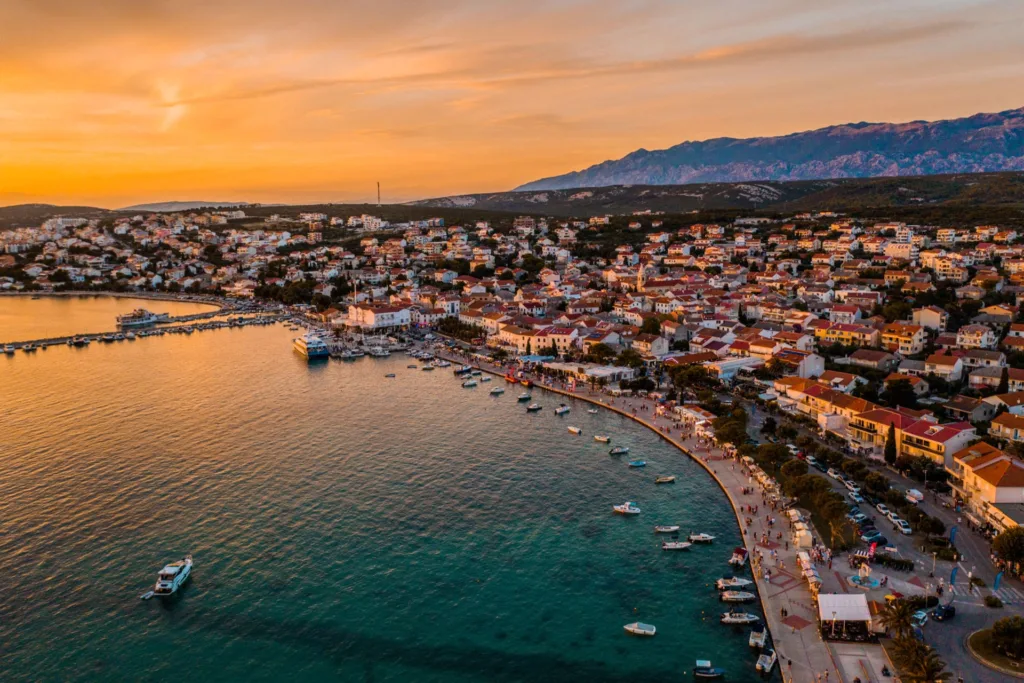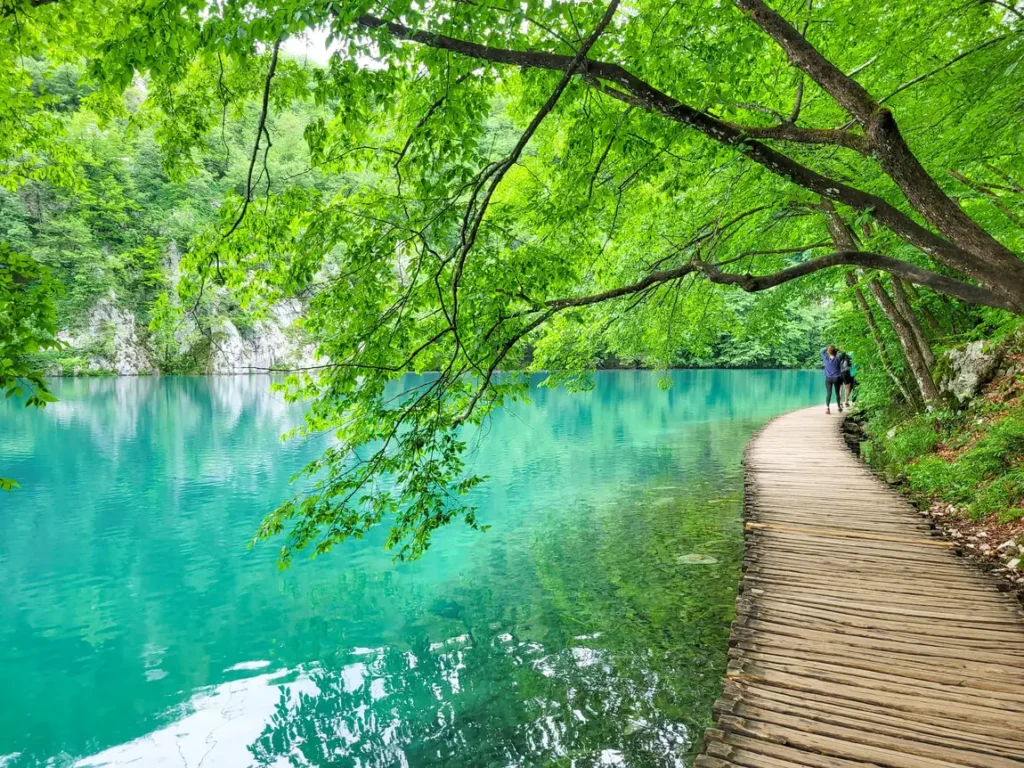Velebit Nature Park, the largest protected area in Croatia, offers an extraordinary blend of diverse landscapes, rich biodiversity, and cultural significance. Stretching 145 kilometers along the Dinaric Alps, the park covers over 2,000 square kilometers and is part of the UNESCO Man and Biosphere Program. It encompasses some of Croatia’s most treasured natural areas, including two national parks, Paklenica and Northern Velebit, which add further ecological and geological richness.

Unique Features of Velebit Nature Park
Biodiversity and Endemic Species Velebit is home to a remarkable range of flora and fauna. The park boasts around 1,854 plant species, 79 of which are endemic, such as the famous Velebit degenia and Velebit bellflower. The park’s forests are a habitat for large mammals like bears, wolves, and lynxes, as well as bird species such as the golden eagle. The diversity of species and ecosystems makes Velebit one of the most important biodiversity hotspots in Europe.
Outdoor Adventures The park offers a variety of outdoor activities that cater to all levels of adventurers. Visitors can explore 14 well-marked hiking trails, including the famous Premužić Trail, which traverses the scenic peaks and landscapes of Northern Velebit. Other popular activities include rock climbing in Dabarski Kukovi, cycling, canoeing, and even caving in the Cerovac Caves, a speleological marvel with over 7 kilometers of explored passages.
Cultural and Historical Significance Velebit is not only important for its natural beauty but also for its cultural heritage. It features ancient routes like the Terezijana Road, built in the 18th century during the Austro-Hungarian Empire, and the Majstorska Road, Croatia’s first modern mountain road. These routes offer breathtaking views of the Adriatic Sea and provide an insight into the region’s historical significance.
Paklenica and Northern Velebit National Parks These two national parks are the crown jewels of Velebit. Paklenica National Park, known for its stunning canyons, Velika Paklenica and Mala Paklenica, is a paradise for climbers and hikers alike. Meanwhile, Northern Velebit is more isolated but offers a raw, untamed beauty, with the Hajdučki and Rožanski Kukovi strict reserves being a highlight for botanists and mountaineers.
Check accommodation offers from our partners

Frequently Asked Questions
What is the best time to visit Velebit Nature Park?
The best time to visit is between late spring and early autumn (May to October), when the weather is suitable for outdoor activities like hiking and climbing.
Do I need special equipment to hike in Velebit?
Basic hiking gear, including sturdy boots and weather-appropriate clothing, is recommended. For more advanced trails like those in Paklenica, you may need climbing equipment and an experienced guide.
Are there guided tours available?
Yes, there are several guided tours, especially for activities like hiking the Premužić Trail or exploring the Cerovac Caves.
Is the park accessible for all ages?
While some trails and activities are challenging, many paths are suitable for families and beginners. The Terezijana Trail, for example, offers a less strenuous option with incredible views.
What wildlife can I expect to see?
You may spot bears, wolves, lynxes, and various bird species. Keep in mind that these animals are elusive, so sightings are rare but possible with patience and quiet observation.
Velebit Nature Park is a treasure trove of natural beauty, adventure, and cultural history, making it an unmissable destination for any visitor to Croatia.
Disclosure: This page may contain affiliate links. This means that we get a small commission from any purchase you make, at no additional cost to you!

